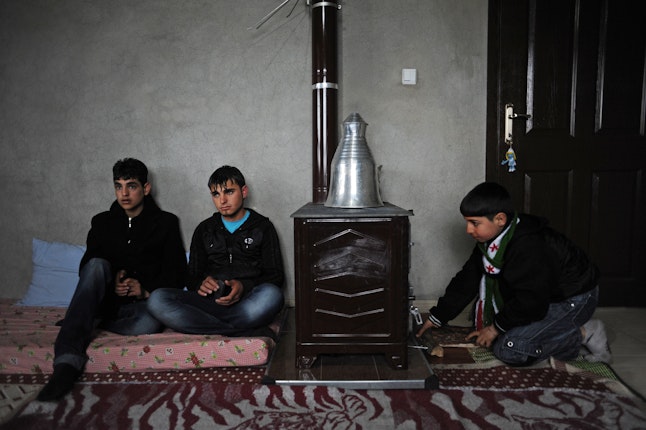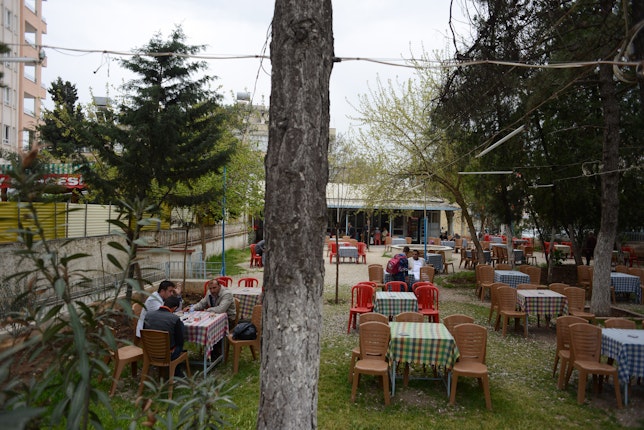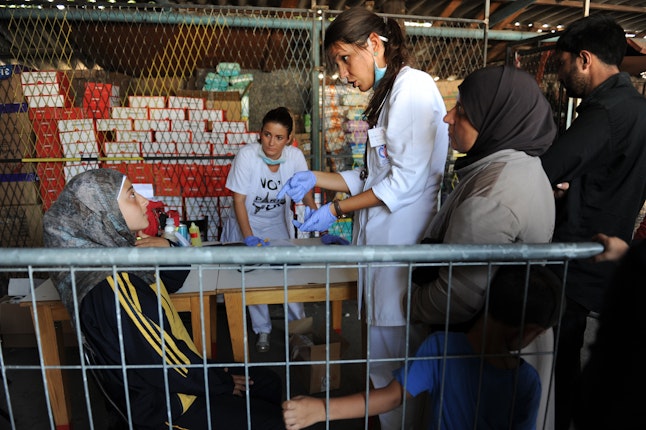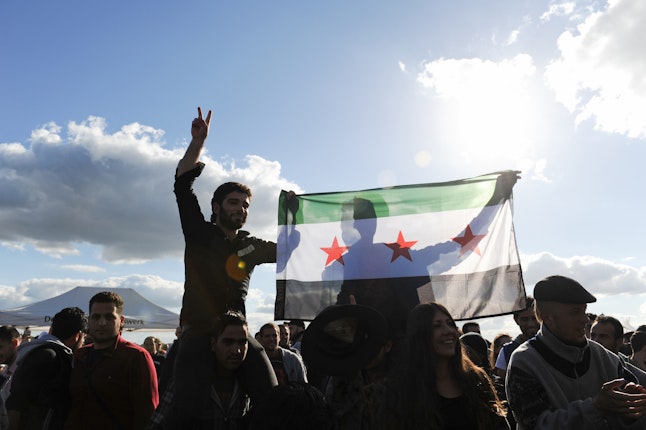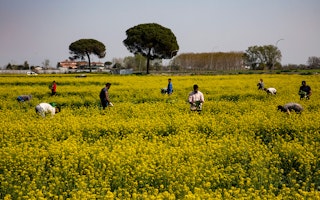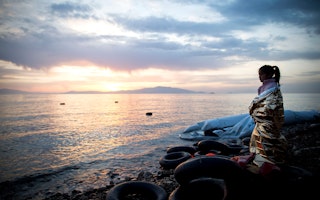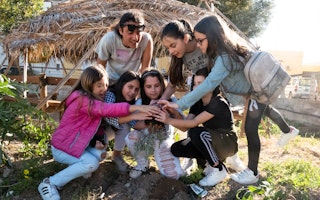After a Long Haul, Refugees Settle Into New Lives Far from Home
By Antonia Zafeiri
American photographer Amanda Rivkin has been photographing refugees as they transit from Syria to Europe. Recently, she posted several of these photos to the Open Society Instagram feed. Here, she talks about her experience documenting the refugees’ stories, and what she’s observed of their attempts to settle into new lives far from their original homes.
Why did you pursue this story?
I pursued the story of the recent exodus to Europe from Syria, Iraq, Afghanistan, and elsewhere for no reason other than it was there. I lived in Turkey for two years and never covered refugees as an issue per se, although refugees were everywhere in Istanbul at the time. Some were also my friends.
If there was a crack between two buildings, it was as if you could find three Syrian families living there. But I think there is so much of this biblical, dramatic imagery that we forget that Syria—emptying out before our eyes—used to be a middle-income nation with many middle-class people.
You have followed the wave of refugees from Syria starting with the first Syrians entering Turkey back in 2012 to the influx of refugees now crossing into Serbia, Hungary, and elsewhere in Europe. Looking back, what stood out to you on this journey?
What the media shows tends to be very dramatic: the death of Aylan Kurdi, the arrivals on the Greek islands of Kos and Lesbos, the Macedonians and Hungarians firing teargas and rubber bullets, people trying to jump onto trains in Tovarnik, Croatia.
The fact is, being a refugee is a lot like being in a war. You spend so much time stuck in “hurry up and wait.” There’s the ceaseless boredom, the detachment, the being treated like a pariah because you happened to be from a war-torn country. For children especially, you can sense a lot of fear.
The media tends to focus on the journey and rarely looks at what happens to refugees once they reach countries like Germany where they can secure asylum. For refugees who are starting a new life in Europe, what do their days look like? What is life like at a refugee house in Germany?
Every family and circumstance is different. It depends very much on when people arrived, at what point they are in the process of registration, securing housing, employment, and then eventually an independent life again.
I spoke with several people who worked in the Zirndorf refugee camp near Nuremberg, and many who I met were grateful to be in a more comfortable hotel or “pension style” hotel converted to refugee housing. Some were in two- or three-star hotels, others country inns. In a facility in central Nuremberg, there was one family per room, which can be quite cramped. In another center in the suburbs, there were no families that I met, just single men and women sharing rooms, cooking facilities, and toilets in what was more akin to a comfortable dormitory. For those at the earliest stages, some are sleeping in the park or gymnasiums, others in makeshift housing or in private homes.
In Germany, there is a lot of bureaucracy as far as how registration and state assistance accounting are handled. But luckily there is assistance. The state also offers German-language and -citizenship classes at various levels. There is the job center that helps people—both Germans and refugees—secure employment. Because of the vast number of people that have arrived in Germany, you could say there is a refugee economy that has sprung up in terms of supply, services, aid, and assistance, all of which requires staff, some of whom are refugees.
Can you describe some of the reactions you’ve encountered from Europeans you’ve met along the way?
Reactions are really mixed, to be honest. I think a lot of people in Germany have no experience with the sort of social issues many of the refugees carry with them as a result of their experiences. German society as a whole is not completely comfortable discussing the uncomfortable. I think society is divided. Some are afraid, others are weary. Many want to be helpful but do not really know how, and only a few will take the time to learn.
Generally, younger people seem more indifferent to the fears many older people have. Many have met Muslims at school or while traveling and know they have nothing to do with the past year’s headlines about the Islamic State. They were born towards the end of the Cold War and are not as haunted by the memories and headlines of those who tried to escape the Eastern bloc.
I do think these events will change Europe, but I also think Europe needs to change to allow people to fulfill their ambitions and potential. There should be more opportunities for migrants and refugees to seek fulfilling forms of employment, not just the worst jobs no one else wants.
The foundation of integration cannot be in exclusion. It will be interesting to watch how European societies evolve as a result of these experiences.
Until April 2016, Antonia Zafeiri was a European communications officer at the Open Society Foundations.
